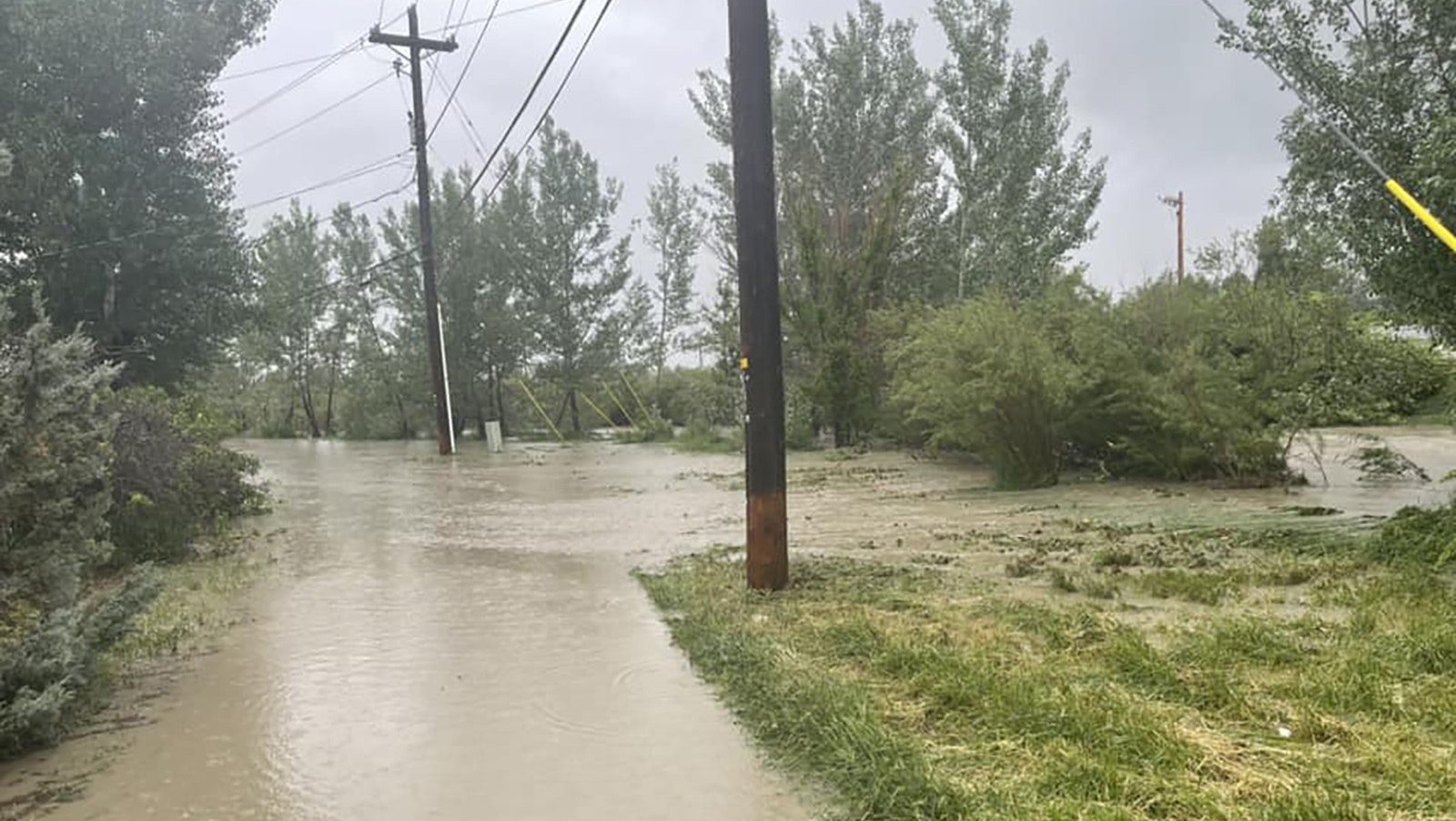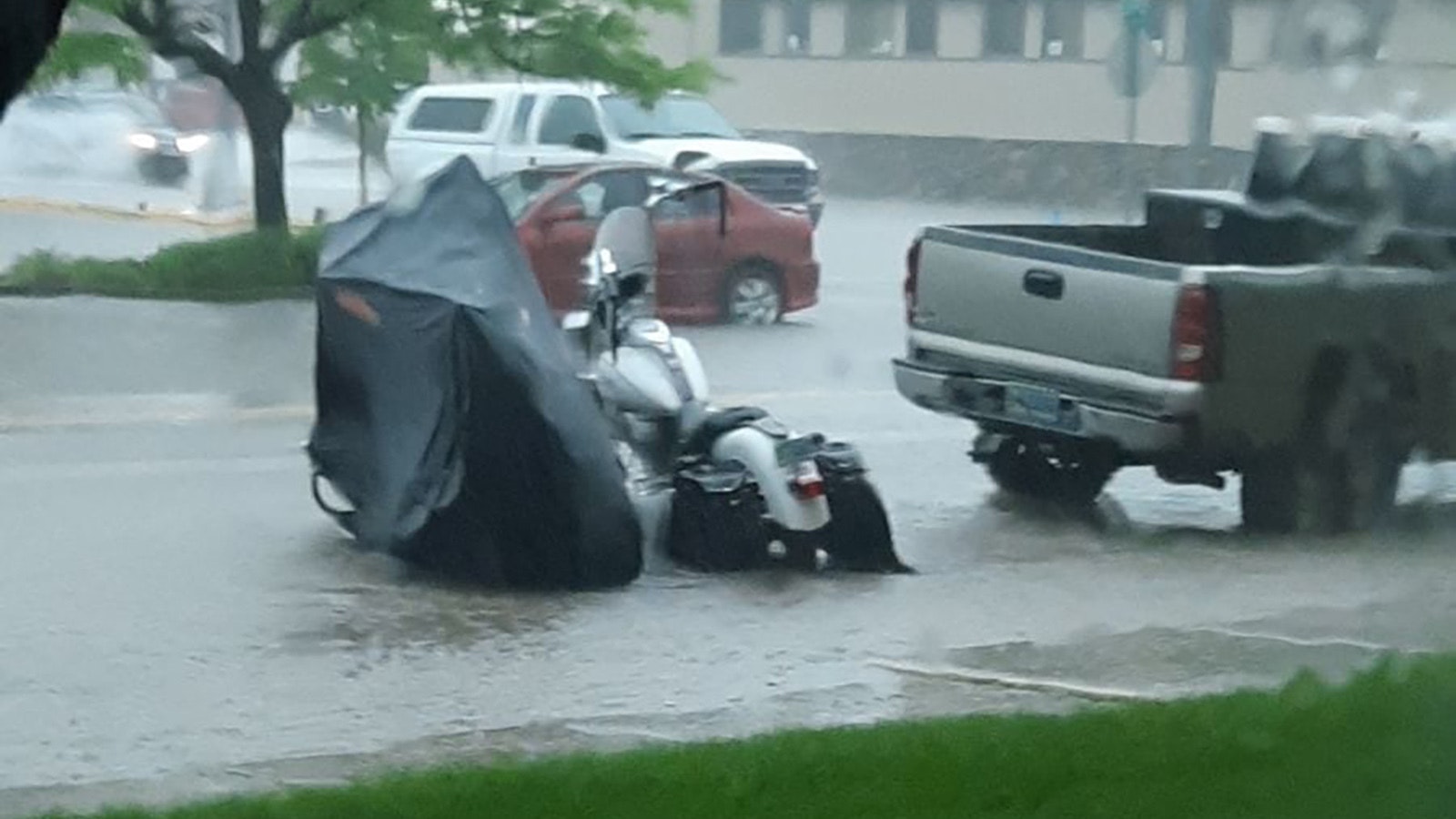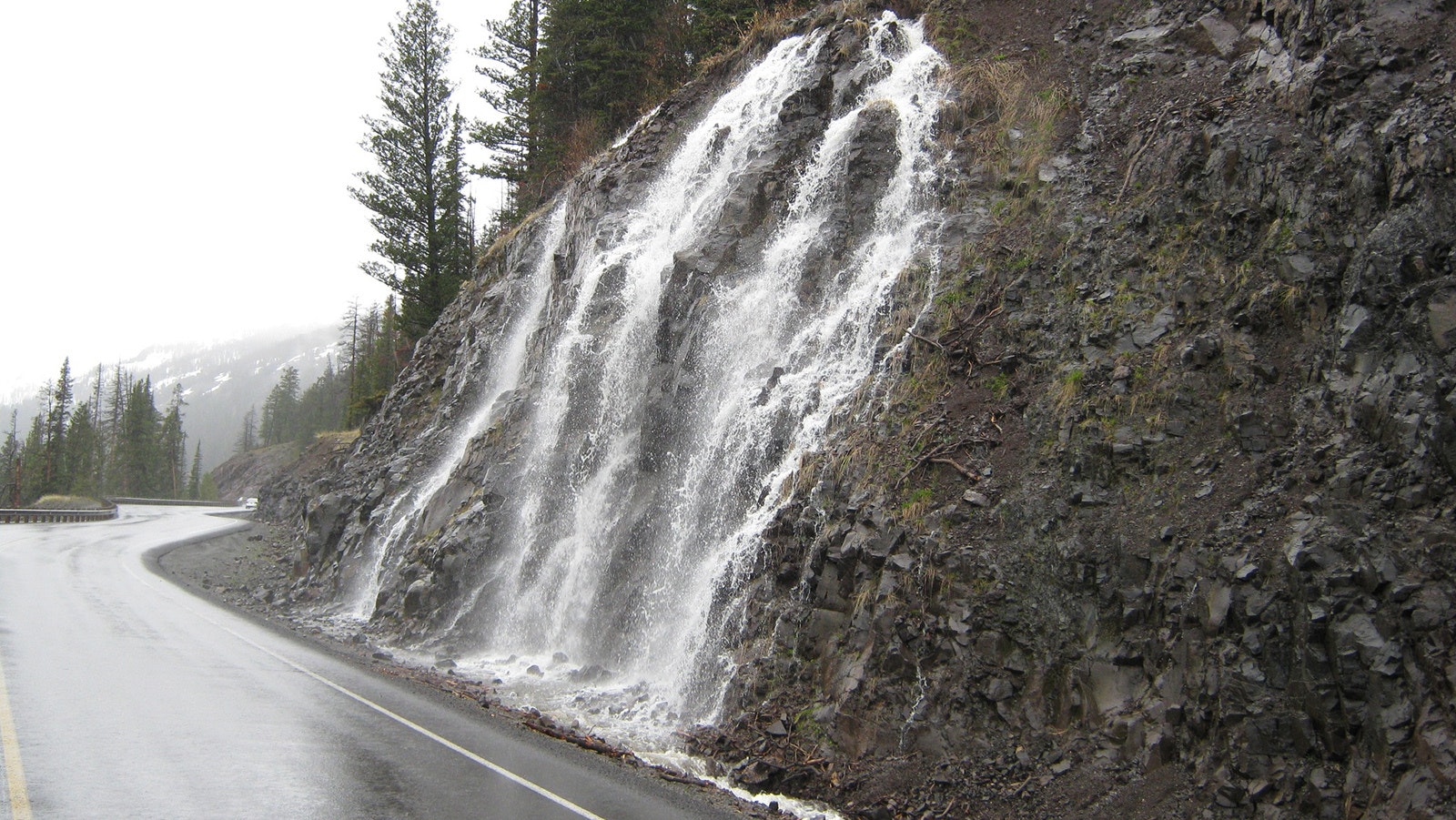This gloomy, dank weather pattern that’s held Wyoming in its clutches since early May isn’t likely to recede anytime soon.
Summer hasn’t been officially cancelled yet, but hot weather isn’t on the horizon, said Cowboy State Daily Meteorologist Don Day.
A storm that swamped Casper with as much as 3 inches of rain Thursday caused flash flooding that stranded motorists and caused damage to some homes.
A large swath of Wyoming remained under flood watch Friday. The National Weather Service defines the area as the Wind River Basin, Bighorn Basin, Powder River Basin, Natrona County and the surrounding mountains and foothills east of the Continental Divide.
The Water Has To Go Somewhere
Thursday’s flash flood was localized to the area that drains Casper Mountain, Day said. Flash flooding depends on terrain and soil moisture. Environmental factors in urban areas also can exacerbate flash floods.
Day said when water lands on asphalt and concrete, it has to go somewhere else.
“A lot of times what will happen is storm drains are blocked, and so they’re not draining at the speed and amount they should,” he said. “So, you get into a situation where urban environments exacerbate flash flooding.”
The majority of flash floods in the Rocky Mountain West happen between May and August when a monsoon pattern can develop between July and mid-August, he said.
Storms during this period have caused serious flash floods in Estes Park, Colorado, in the 1970s, in Fort Collins, Colorado, in the 1990s and on June 9, 1972, a flash flood near Rapid City, South Dakota, resulted in the deaths of 238 people.
Shorter Summer
Day said the current weather pattern has shortened Wyoming’s summer. Long-term weather models through the next 60 days are predicting cooler weather.
“We aren’t likely to see a 180 in this weather pattern until the ground dries out,” Day said.
Wet soils act like an air conditioner. When the sun comes out in the morning wet soils keep conditions cooler than they would be if the ground was dry.
Rain gauges in several places around Wyoming are two to four inches above average for this time of the year.









